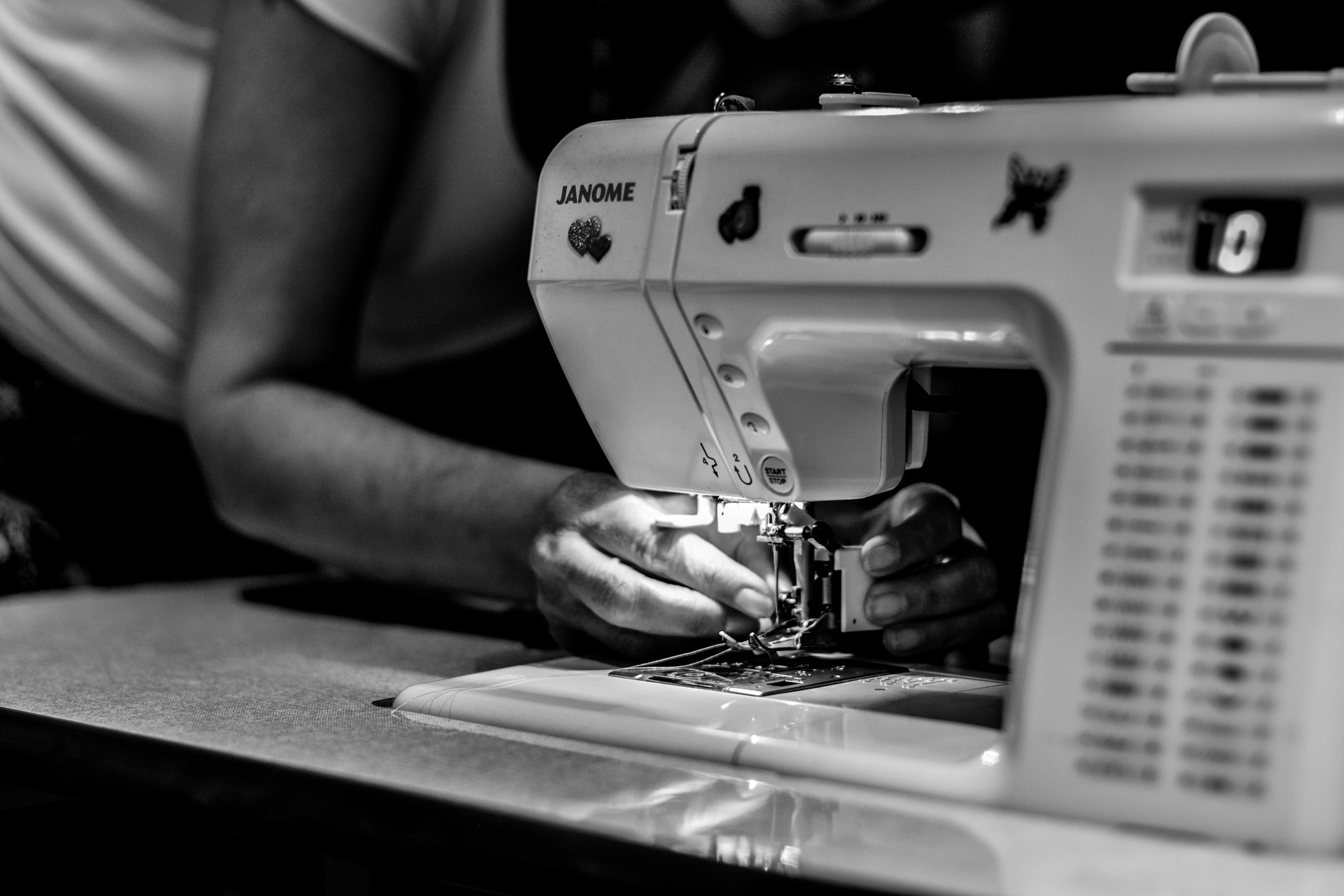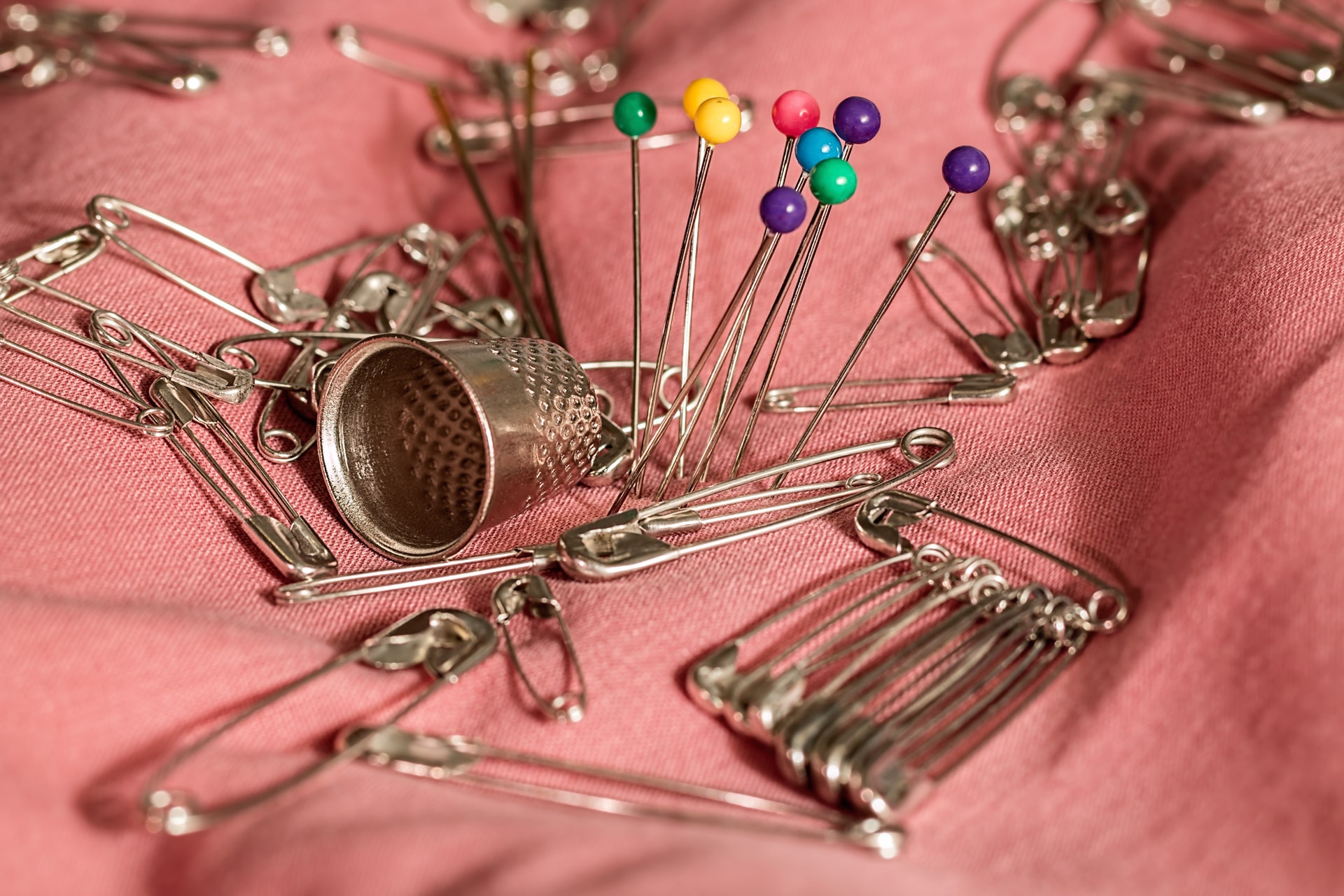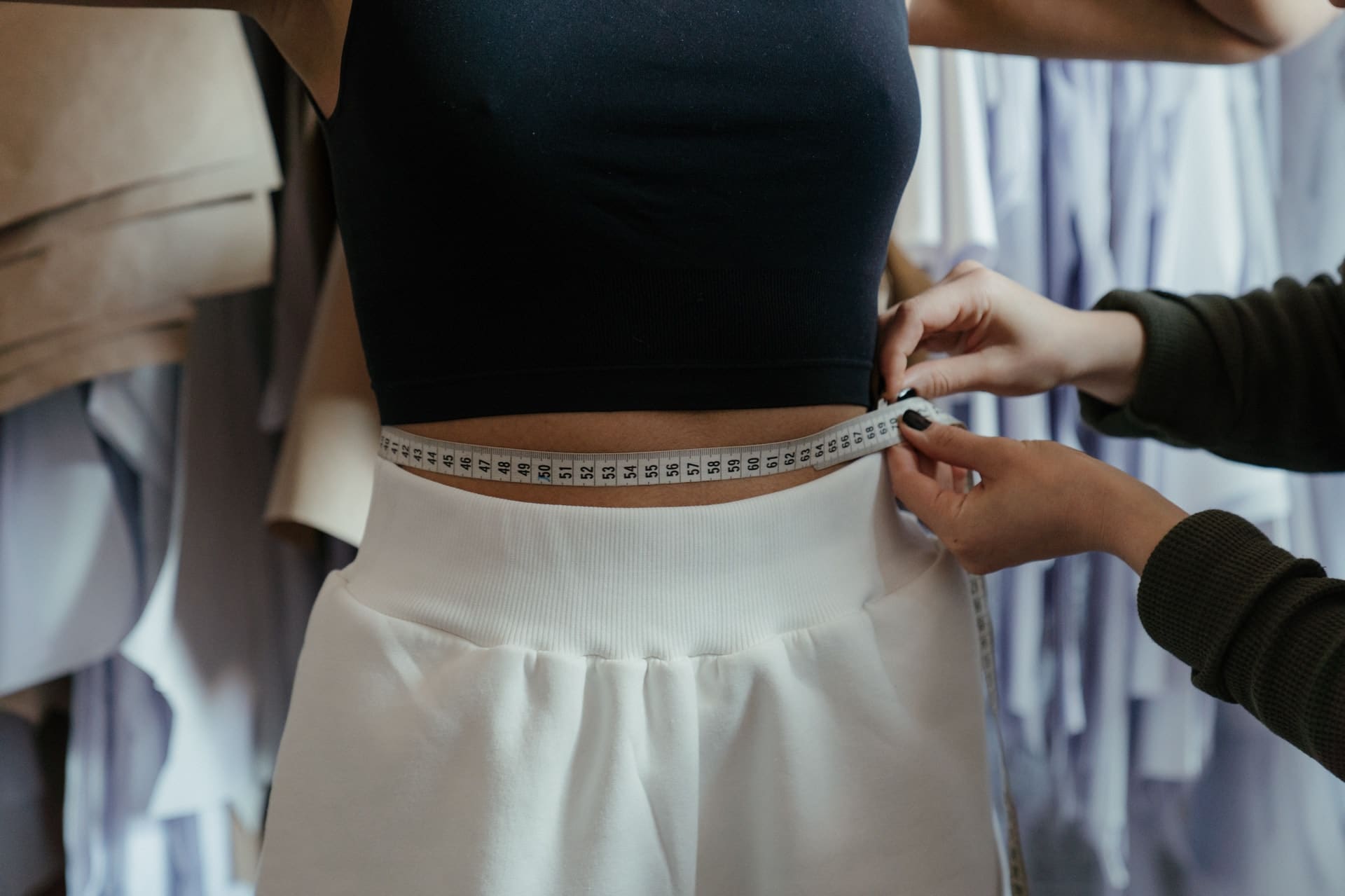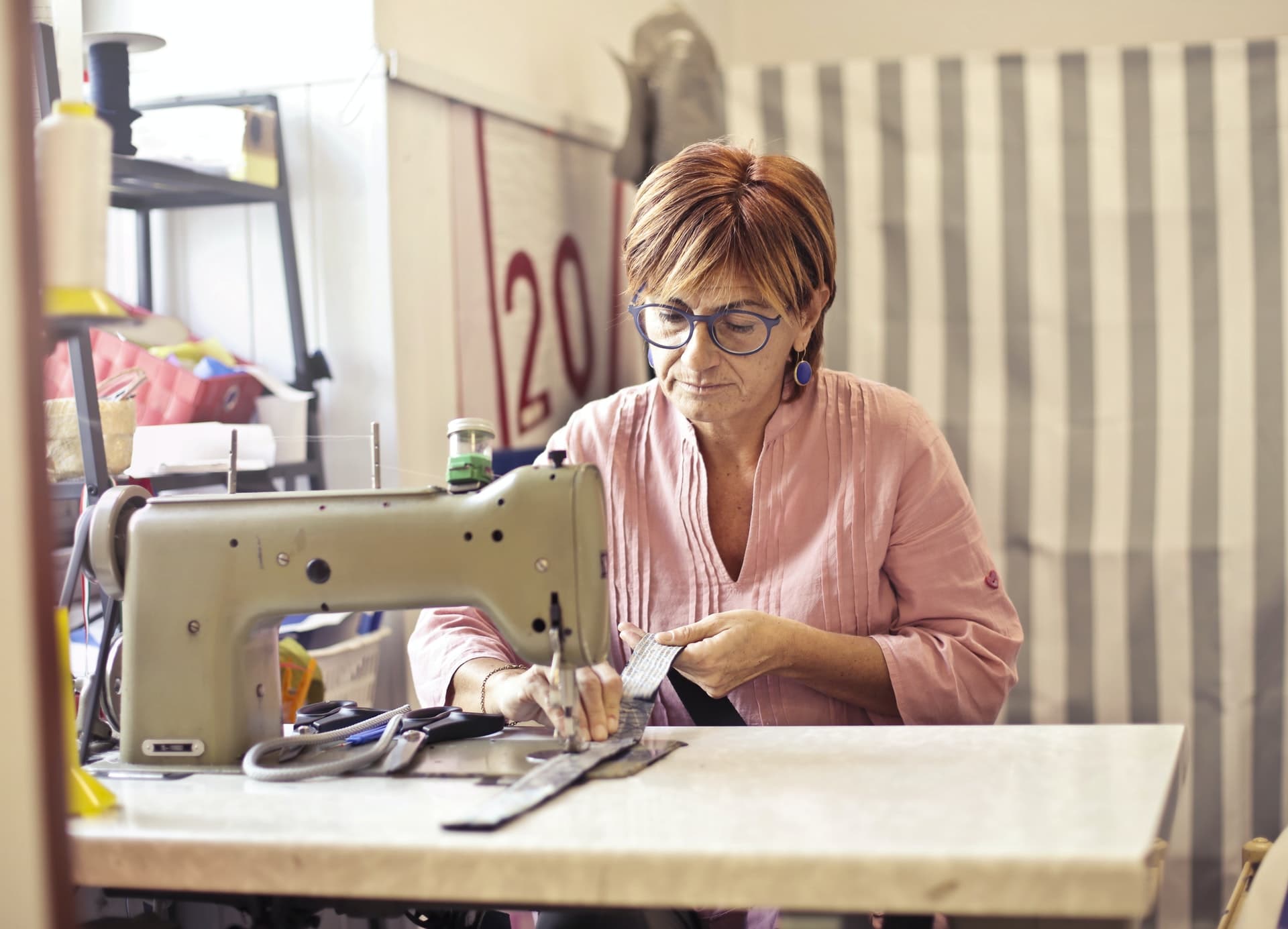Are you passionate about fashion and constantly searching for 'sewing classes near me' and looking at cool sewing patterns while daydreaming of all the garments you can make?
Sewing is a super popular hobby for some and career for many (fashion design) since it is not only entertaining but also quite practical. But, how hard is it to learn to sew? Where can you find a good sewing instructor to give you sewing lessons or a sewing class (course)?
Starting to sew is simple if you can find the information you need and take things one step at a time. Keep reading to learn more about the sewing world and everything you will need in order to be successful in your venture and be patient: it will take some time before you feel completely comfortable.
Why not learn to sew and dive into the world of fashion with online sewing classes?

How to Choose the Right Sewing Machine

If you're just starting out, it's important to find an easy-to-use machine that does the kind of sewing you want, whether it's quilting or simple repairs, and hopefully makes it fun, too.
No matter how much you might like to sew, struggling with an unresponsive or frustrating machine can turn it into a terrible chore.
Not all sewing machines are made equal, and there are a lot of options to choose from, ranging from those that are designed for beginners to professional-grade options.
You want to be able to sew at your own speed and have very little in the way of obstacles when you get started so having a good machine is key to success and happiness.
These are some things you can look for when picking your sewing machine:
- Easy To Thread: whether this is an electronic threading button or just an easy to follow route down to the needle to thread.
- Smooth Sewing: try out the machine and do a couple of rows of stitches. If the machine sounds too loud or just doesn’t feel smooth don’t buy it.
- Varied Stitches: when you are just getting started you might not feel like trying out all the new stitches or feel you need to build your confidence but later on they might come in handy.
- A manual: a sewing machine manual for your sewing machine makes learning to sew much easier and prevents sewing machine frustration.
Do you want to join a sewing workshop or take a class or course in Sydney? Find sewing classes Sydney here.
Automatic or manual?
The difference can mean everything to a beginner to make learning easier or can confuse you too much.
Using a manual machine means that if you are wanting to change from a straight stitch to a zig-zag stitch you have to change it by moving the dials.
This will change the settings but you control it, you move it manually. Whereas if you are using an automatic, the stitches are already programmed in and you simply press a button and it has changed.
Learn how it's used
It is not always clear to everyone how to use a sewing machine. If you take sewing classes Brisbane, your teacher will show you and explain how to use them properly during your courses or lessons. But if you have decided to start alone, take a good look at the instructions or online tutorials!
Find out where else you could start sewing tutorials...
Learn to Sew: the Right Equipment

Thread
An element that is of extreme importance while sewing is the thread. If you already have your sewing machine and your fabric, you are probably ready to take a trip to the nearest shop and buy thread to match your creation.
But once you get there you will find that thread is available in various colours, thicknesses, and types. It's easy to just grab a spool of thread from the racks at the craft store, check for colour, and call it good, but your thread choice can have just as big an impact on your finished project as your fabric choice does, and the two should really go hand in hand.
So, how to pick the right thread for your sewing project?
These are the most common types of thread:
- Cotton thread: it has a very little stretch. low sheen and a matte appearance. You should choose a medium thickness cotton thread for working with lightweight to medium-weight cotton, linen, and rayon. It is often used in heirloom sewing, decorative stitching, embroidery, patchwork, and quilting.
- Cotton-wrapped polyester thread: this thread is strong with a low sheen and is used for all-purpose sewing.
- Polyester thread: this is an all-purpose thread and a good choice for most sewing projects. It is strong, colourfast, has some stretch to it, heat and mildew resistant. Polyester thread often has a wax or silicone finish that allows it to slip through the fabric easily.
- Heavy-duty thread: this is also a polyester thread, but the weight of the thread is not suitable for most garment sewing projects. It is mostly used for home decoration projects.
- Silk thread: this thread is strong, smooth, and lustrous. It is great to use when sewing silk or wool.
- Metallic thread: it is a thread that has been wrapped in thin metal. You can find it in gold, silver and copper varieties. You will need to change out your needle when sewing with metallic thread.
Needles
Just like threads, needles can vary depending on the project and fabric you are working with. Using the wrong type of sewing machine needle is one of the most common mistakes beginners make.
The first thing to know is that sewing machines needles are standardised. They are compatible across a range of brands, including Janome, Brother, Husqvarna, Elna, Pfaff etc.
These are some of the most popular needles and the techniques and fabrics they're used for:
- Universal needles: they are the most commonly used needle. They can be used with woven fabrics, synthetics and some knit fabrics. The finer needles are mostly used for lightweight fabrics. Larger sizes are used on medium to heavyweight fabrics. Polyester/cotton or silk threads should be used with a universal needle.
- Ballpoint needles: these ones have a more rounded tip than a universal needle which pushes the fabric fibres apart rather than cutting them. This makes ballpoint needles ideal for working with rib knits, interlock, cotton knits, fleece, double knit and generally most knit fabrics because it prevents them from running or laddering as a result of stitching.
- Stretch needles: they have what is called a 'scarf' which allows extra room for the hook to pass close by and prevents skipped stitches making it ideal for use with fabrics such as Lycra, power net, two way stretch knits, silk jersey, spandex and highly elasticated synthetic fabrics or indeed elastic itself.
- Sharps needles: this needle is ideal if you are working with densely woven fabrics such as silk and microfibre a sharps needle should be used. They are designed to work with several layers of fabric thanks to a stronger shaft.
- Quilting Needles: they are designed to be used with several layers of fabric and wadding thanks to a reinforced shaft, however, they are much shorter in length than the sharps needle to allow quilters to achieve quick and even stitching.
There are more needles out there in the market so we would suggest researching the different types in order to find the right one for your project.
Scissors
Believe it or not, it is important to choose the right sewing scissors for your project. Try to purchase the best quality sewing scissors you can afford. Although expensive, consider these an investment that will last for years.
When buying your sewing scissors look for Stainless steel blades. These have a strong, durable edge life and provide for an excellent, smooth cutting experience. You should be able to sharpen and adjust quality scissors.
Other essentials are:
- A seam ripper
- A graduation ruler
- A tape measure
- A chalk pencil
- Pins, lots of pins
- An iron
Learn everything you need to know about sewing on a sewing machine...
Using a Sewing Pattern

The idea behind sewing patterns is that anyone can make a garment with a basic guide. That said, you need to know the basics of how to work a sewing machine, hemming pieces and adjusting linings so you can properly use the pattern.
Find out how you can quickly sew easy patterns.
If you want to start practising your sewing skills with some beginners projects, there are some great sewing patterns out there that can help you master the craft:
- Pillowcase pattern
- Baby blanket pattern
- Drawstring bag pattern
- Flannel scarf pattern
- Fabric key chain pattern
- Tote bag pattern
- And more...
On the other hand, a great way for you to start practising your sewing skills is by signing up for sewing classes or courses with a Superprof teacher. Our teachers will teach you everything you need about sewing and creating garments and with the right classes or courses, you will become a pro at it in no time!
Check out the profiles of the teachers before committing to a class and make sure that you check out other students' reviews on their skills, the hours and times for the lessons and the range of techniques that they offer.
Learn if they have a background in fashion design and what the learning process of the course is like.
Learn the basic techniques and details about garment making with lessons or courses.
See some sewing classes Melbourne residents in Australia can take and find all the other classes, lessons, courses and workshops available in Sydney as well.















